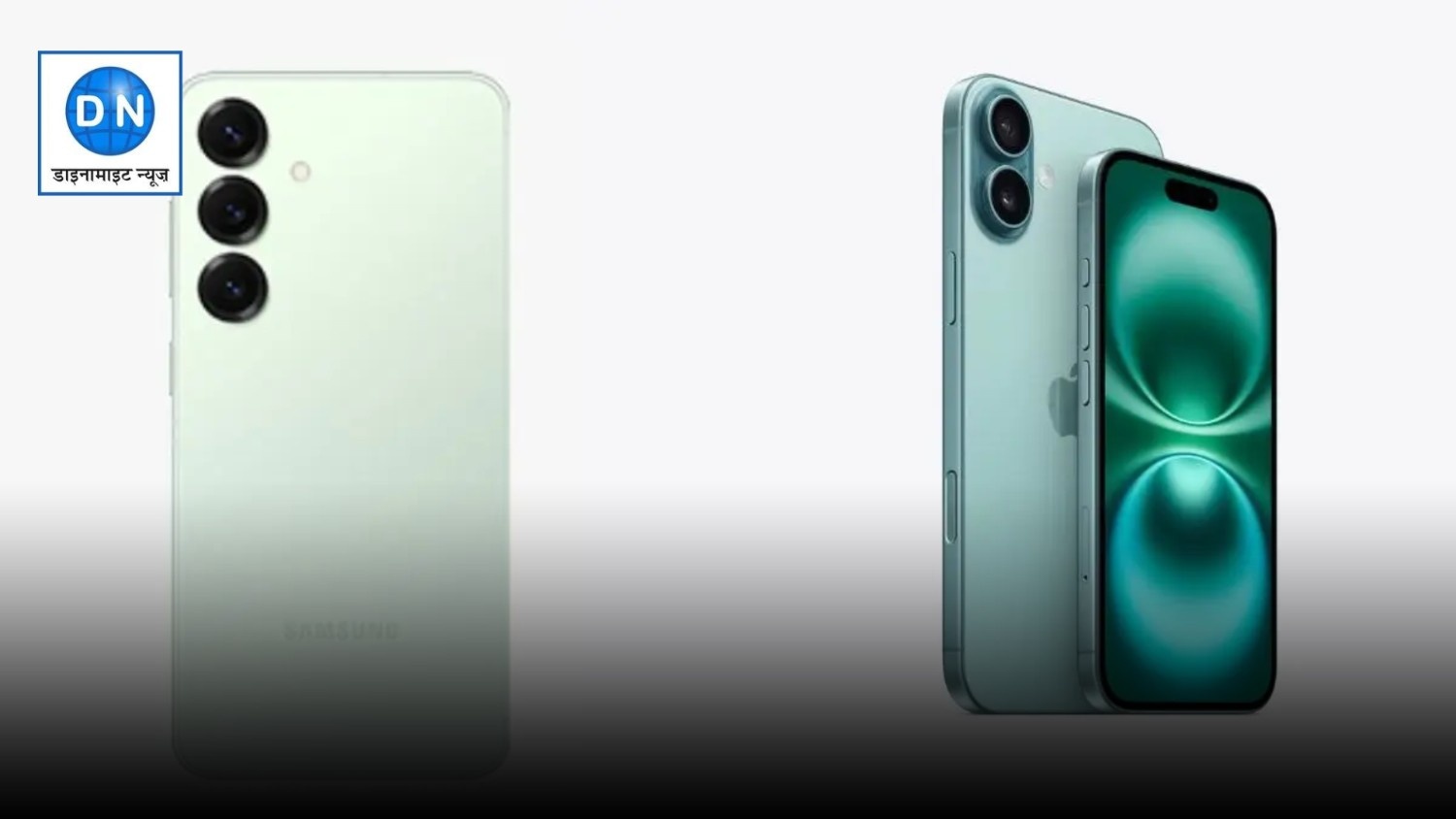Apple vs Samsung: The ₹80K Smartphone War Just Got More Intense!
Apple's iPhone 16 (from ₹79,900) features a new Camera Control button and A18 chip, while Samsung's Galaxy S25 (from ₹74,999) counters with better 120Hz display, triple cameras, and AI features.

Apple and Samsung continue their fierce rivalry in the premium smartphone market with their latest flagship releases. The iPhone 16 introduces innovative features like a dedicated Camera Control button and enhanced Action Button functionality. Samsung's Galaxy S25 counters with superior camera capabilities and advanced AI integration, making the choice between them challenging for consumers.
Both devices share similar price points, with the iPhone 16 starting at ₹79,900 and the Galaxy S25 at ₹74,999. The iPhone 16 features a 6.1-inch Super Retina XDR display with 60Hz refresh rate and 2000 nits peak brightness. Samsung's offering boasts a larger 6.2-inch AMOLED screen with 120Hz adaptive refresh rate and brighter 2600 nits output.
Also Read |
Senior IAS Officer Keshav Chandra named Chairman of NDMC
Under the hood, Apple's A18 chip powers the iPhone 16 with 8GB RAM, while the Galaxy S25 runs on Qualcomm's Snapdragon 8 Elite processor paired with 12GB RAM. Camera systems differ significantly, with the iPhone sporting dual 48MP+12MP rear cameras versus Samsung's triple 50MP+10MP+12MP setup.
Battery performance shows another key difference, as the Galaxy S25's 4000mAh capacity surpasses the iPhone's estimated 3561mAh battery. Samsung maintains its fast charging advantage with 25W support compared to Apple's unspecified fast charging technology.
Also Read |
iPhone 16 series cameras to feature improved specs, new innovations
The display protection varies too, with Apple using Ceramic Shield and Samsung opting for Gorilla Glass Victus 2. Both front cameras match at 12MP resolution with 4K 60fps video recording capabilities.
This head-to-head comparison reveals how each brand plays to its strengths: Apple focuses on ecosystem integration and new hardware controls, while Samsung emphasizes display technology and photographic versatility. Consumers must decide whether they prioritize Apple's seamless iOS experience or Samsung's cutting-edge Android innovations.
 Dynamite News
Dynamite News 